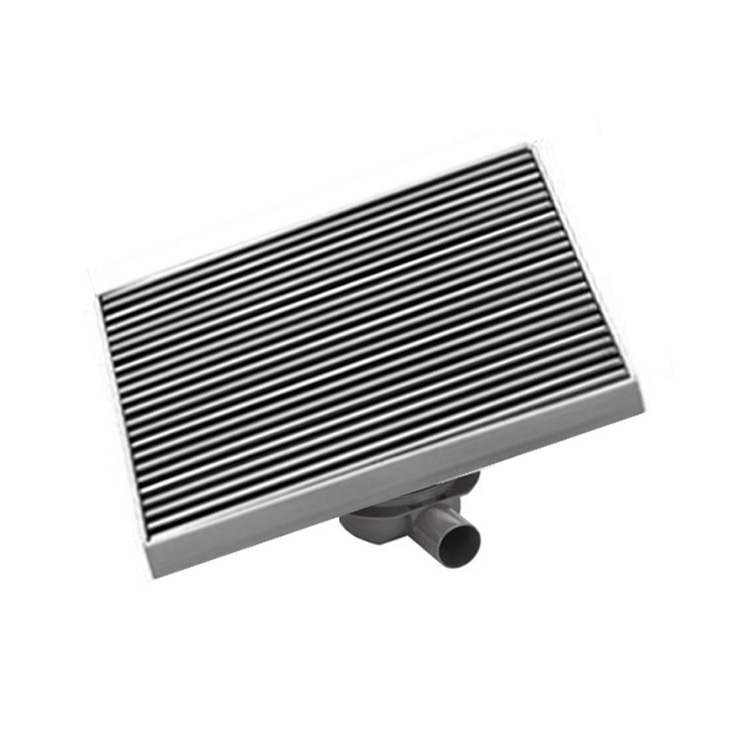What is the purpose of floor drain?
2024-03-16
The purpose of a floor drain is to provide a point of drainage for excess water, liquids, or other fluids on the floor surface. Floor drains are commonly found in various settings, including residential, commercial, industrial, and institutional buildings, as well as outdoor areas. They serve several important functions:

1. Water Removal: Floor drains are designed to quickly and efficiently remove water from indoor or outdoor floor surfaces, preventing pooling, flooding, or water damage. This is particularly important in areas prone to moisture buildup, such as bathrooms, kitchens, basements, laundry rooms, and utility areas.
2. Prevention of Slip Hazards: By effectively draining water from the floor, floor drains help reduce the risk of slip and fall accidents. Standing water on floors can create slippery surfaces, especially in high-traffic or wet areas, posing a safety hazard to occupants.
3. Maintenance of Hygiene: Floor drains play a crucial role in maintaining cleanliness and hygiene in various settings. In commercial kitchens, food processing facilities, hospitals, and laboratories, floor drains help remove wastewater, spills, and contaminants, preventing the accumulation of unsanitary conditions and promoting a clean environment.
4. Flood Prevention: In areas prone to flooding or water ingress, such as basements, garages, and outdoor spaces, floor drains help divert excess water away from the building's interior, reducing the risk of structural damage and mold growth.
5. Indoor and Outdoor Drainage: Floor drains are installed both indoors and outdoors to address different drainage needs. Indoor floor drains typically connect to the building's plumbing system, directing wastewater to sewer lines or drainage systems. Outdoor floor drains, often found in driveways, patios, and parking lots, help manage rainwater runoff and prevent surface flooding.
6. Fixture Drainage: In addition to draining water from the floor surface, floor drains may also serve as outlets for draining fixtures such as sinks, showers, and washing machines. They provide a connection point for wastewater discharge, ensuring proper drainage and plumbing functionality.
7. Odor Control: Floor drains are equipped with traps, P-traps, or other devices to prevent foul odors and sewer gases from entering the building. These traps retain a water seal that acts as a barrier, blocking gases from traveling back up through the drain pipe and into the building.
Overall, floor drains are essential components of building drainage systems, providing efficient water removal, slip hazard prevention, hygiene maintenance, flood prevention, and odor control. Their proper installation, maintenance, and functionality contribute to the safety, cleanliness, and functionality of indoor and outdoor spaces.


